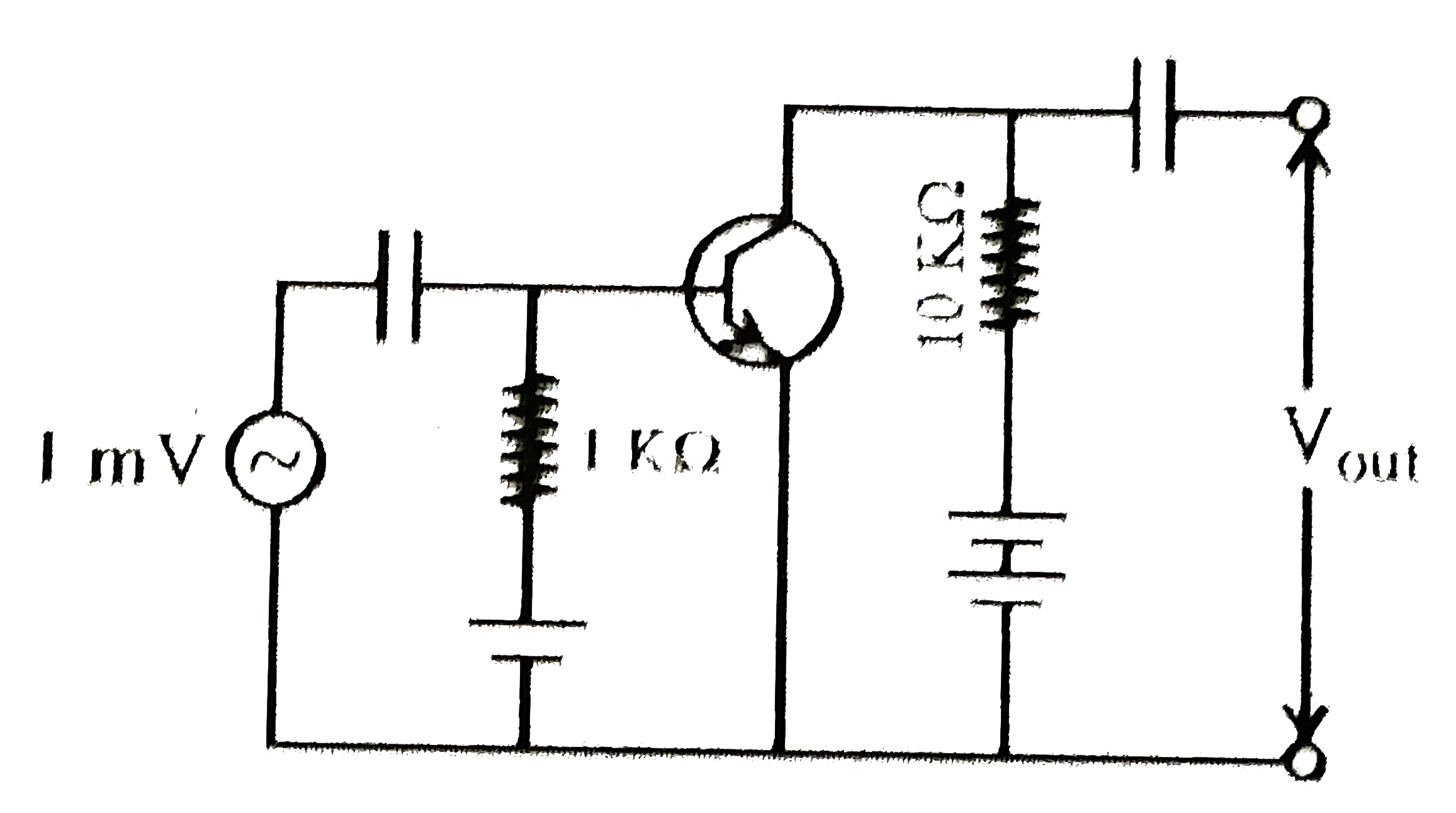The number of terminals in n−p−n transistor is
2
3
4
5
The correct Answer is:B
To determine the number of terminals in an NPN transistor, we can follow these steps:
1. Understand the Structure of an NPN Transistor:
- An NPN transistor consists of three layers of semiconductor material. The first layer is n-type (negative), the second layer is p-type (positive), and the third layer is again n-type (negative).
2. Identify the Terminals:
- Each transistor has three terminals:
- Emitter (E): This is the terminal that emits charge carriers (electrons in the case of NPN).
- Base (B): This is the terminal that controls the transistor's operation. It is the middle layer and is p-type.
- Collector (C): This terminal collects the charge carriers from the emitter.
3. Count the Terminals:
- By identifying the three terminals (Emitter, Base, Collector), we can conclude that an NPN transistor has a total of three terminals.
4. Conclusion:
- Therefore, the number of terminals in an NPN transistor is 3.
Final Answer:
The number of terminals in an NPN transistor is 3.
---
- An NPN transistor consists of three layers of semiconductor material. The first layer is n-type (negative), the second layer is p-type (positive), and the third layer is again n-type (negative).
- Each transistor has three terminals:
- Emitter (E): This is the terminal that emits charge carriers (electrons in the case of NPN).
- Base (B): This is the terminal that controls the transistor's operation. It is the middle layer and is p-type.
- Collector (C): This terminal collects the charge carriers from the emitter.
- By identifying the three terminals (Emitter, Base, Collector), we can conclude that an NPN transistor has a total of three terminals.
- Therefore, the number of terminals in an NPN transistor is 3.
The number of terminals in an NPN transistor is 3.
Topper's Solved these Questions
Similar Questions
Knowledge Check
In an n-p-n transistor
Athe emitter has higher degree of doping compared to that of the collectorBthe collector has higher degree of doping compared to that of the emitterCboth the emitter and collector have same degree of dopingDthe base region is most heavily doped.The symbol of p-n-p transistor is
A B
B C
C D
D
Statement-I : For faster action, n-p-n transistor is used
Statement-II : In n-p-n transistor, the mobility of majority charge carries is more.AStatetment-I is True, Statement-II is True , Statement-II is a correct explanation for Statement-IBStatement-I is True, Statement-II is True , Statement-II is NOT a correct explanation for Statement-ICStatement-I is True, Statement-II is FalseDStatement-I is False, Statement-II is True
If a change of 100μA in the base current of an n−p−n transistor in CE causes a change of 10mA in the collector current, the ac current gain of the transistor is
View SolutionIn the following common emitter configuration, and n-p-n transistor with current gain β=100 is used. The output voltage of the amplifier will be

View SolutionStatement 1: Doping concentration is maximum in emitter in transistor.
Statement 2: Maximum number of electrons flows from emitter to base in n-p-n transistor.
View SolutionThe main current, crossing the collector junction in a normally biased n-p-n transistor, is
View SolutionEmitter base and collector base junction in n-p-n transistor are
View Solution

